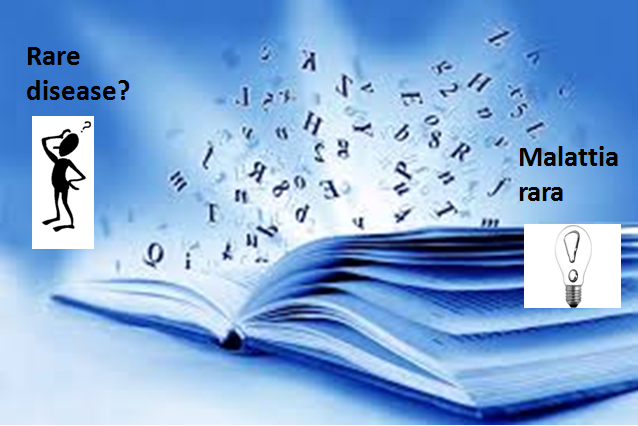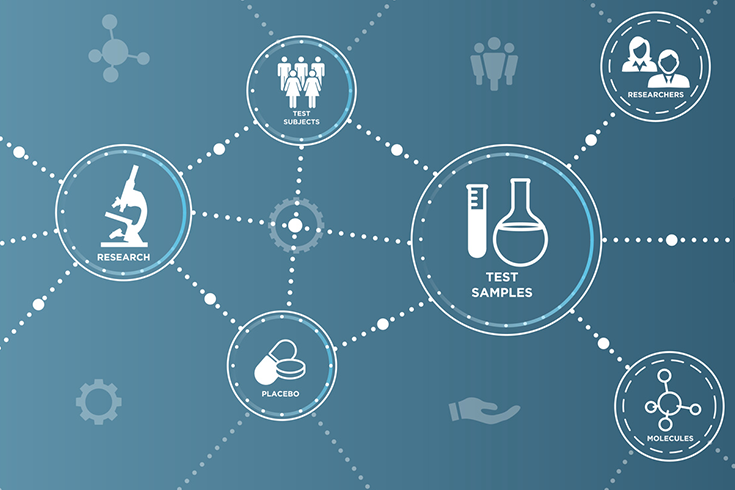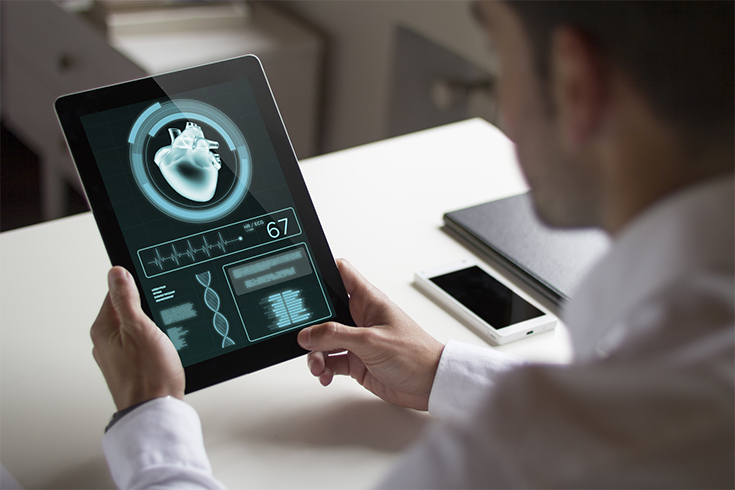TRANSLATIONS IN RARE DISEASES
Translations in rare diseases
What is the role of translation in the field of rare diseases?
Only in around the last twenty years have rare diseases been recognised as a public health priority and have therefore started to become the subject of international policies and regulatory interventions and a topic of interest for pharmaceutical companies, researchers, clinicians, the media and public opinion in general. This is also thanks to the advocacy, lobbying, awareness raising and dissemination put forward by numerous patient associations, federations, foundations and international networks, including Telethon, EURORDIS and Orphanet, and national networks, such as UNIAMO in Italy.
Attention has been brought to rare diseases with the realisation that, although they may only affect a small number of people when considered individually (from just a few individuals to a maximum of 1 in 2,000 people), in the European Union alone, 5,000–8,000 diseases have been identified to date – a number that is on the rise – and collectively these affect a total of 6–8 percent of the population, i.e. from 27 to 36 million people.

Translating the English documentation available on rare diseases is extremely important as it gives many more people with these diseases access to this information which, otherwise, would not be available to them due to the language barrier.
Often written material is available for a non-specialist audience; however, more often than not this material is available in English and is therefore not entirely understandable by many patients.
It would therefore be important to have specific funding for translation the field of rare diseases, as there is only very limited material currently available.
The importance of continuing professional development
Why is continuing professional development so important for translators specialising in the field of rare diseases and orphan drugs?
The answer is simple and refers back to what we said before: the field of rare diseases is a fairly new topic with terminology and concepts that have yet to become widely accepted; therefore, there are infinite possibilities for development.
It is the translator’s duty, therefore, to carefully follow the development of its content and terminology, which is certain to take place in years to come.
And this is only possible through CPD and, more specifically, by participating in workshops, seminars and conferences allowing us to keep up to date with the important changes that are taking place now and will take place in the future.
The importance of ONLY translating what you know
The field of rare diseases is highly complex, which not only arises from the vast number and variety of rare diseases, but also from the different players (institutions, companies, doctors, researchers and patients) and areas (diagnosis, research, care and assistance) involved, as well as from the legal, regulatory, political, organisational and ethical background.
Only a translator who has a thorough knowledge of this evolving situation can fully understand the meaning and implications of a term or statement without running the risk of dangerous misunderstandings.
Anything else?
And, last but not least, we keep a close working relationship with our clients, ensuring a fruitful exchange of expertise and experience, and efficient problem solving.
This is why we don’t consider ourselves simply a service provider but rather a partner – someone to help you achieve your most important objectives!
Clinical research
In a field like medicine and clinical trials, one individual word makes all the difference. This is why we carry out our work making constant and careful reference to official resources such as MedDRA, the EDQM Standard Terms, and the WHO’s International Classification of Diseases (ICD), as well as official documentation from the EMA, Italian Medicines Agency (AIFA) and other institutions.
Rare diseases
Since the field of rare diseases is a relatively new topic, there are infinite possibilities for development; its lexicon and conceptual categories have yet to become widely accepted. The translator’s role therefore involves following closely developments in the field, both in terms of content and terminology, which will certainly take place over the coming years.
Medical devices
In-depth knowledge of legislation, regulations and provisions, as well as manufacturer’s indications and instructions, are essential for translators. They must transfer how a device operates from one language to another clearly, correctly and intelligibly in order to reduce to a minimum any risks arising from the use of these devices.




